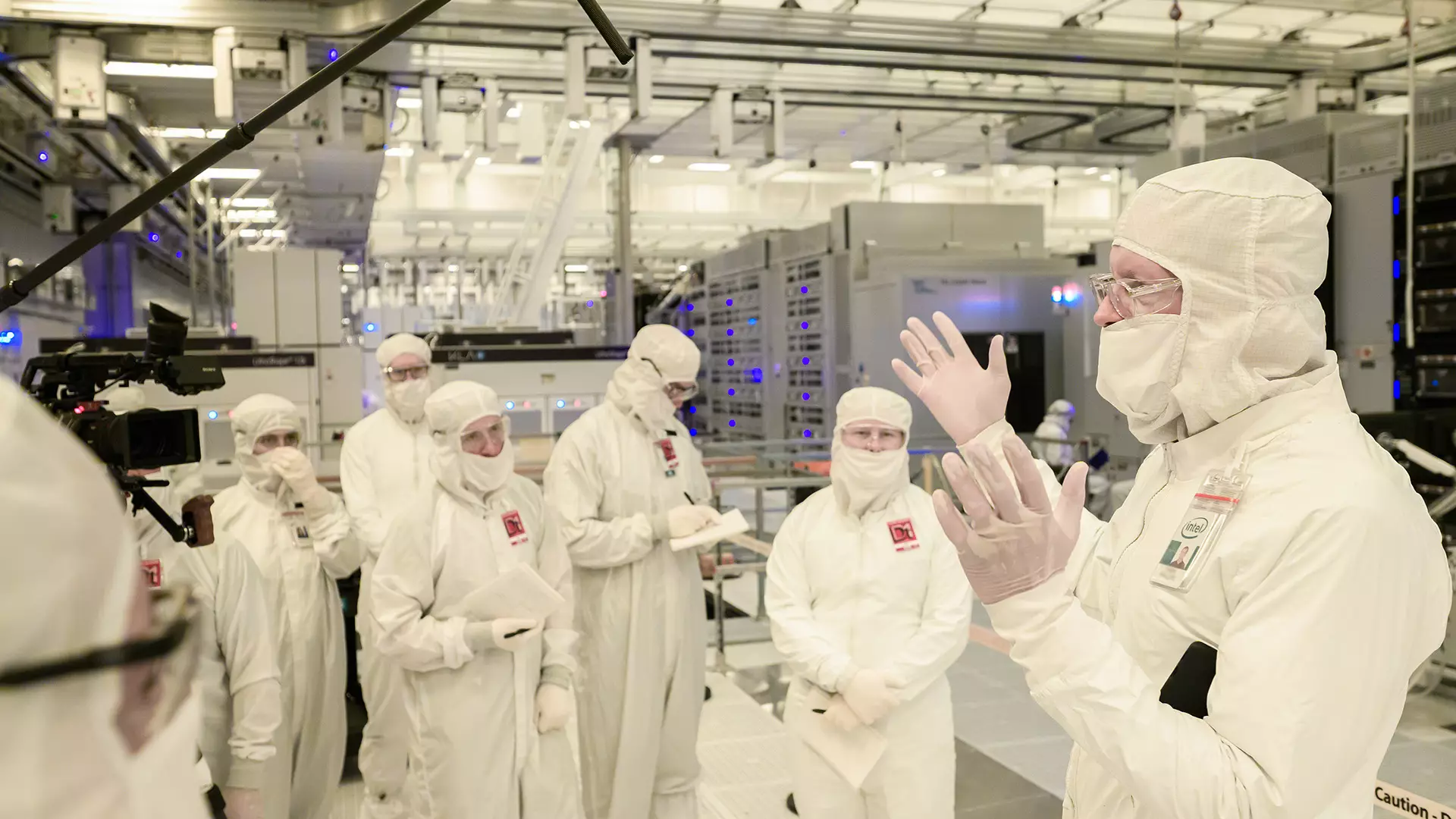In a shifting technological landscape, Intel finds itself at a critical juncture, planning to reduce its workforce by 107 employees in California amidst a broader strategy to trim operational expenses. This is not an isolated incident; it reflects a deeper trend within the organization, as the company had previously laid off 5% of its workforce in 2024. As reported, these layoffs are not just numbers on a balance sheet but represent a human cost that speaks volumes about the pressures Intel faces in a competitive market defined by innovation and efficiency.
The layoffs have been formally communicated under California’s Worker Adjustment and Retraining Notification Act, which mandates transparency during significant job reductions. Employees tied to Intel’s Santa Clara headquarters have been given a grim forecast, with layoffs projected to begin mid-July. Those affected are provided with varying degrees of notice, giving them a brief window to prepare for the harsh transition. This methodical approach can be viewed as an acknowledgment of the emotional and financial impact on employees who have dedicated years to the company.
Strategic Cuts: A Leaner Intel?
Intel’s overarching strategy hints at a company desperately trying to regain its footing and adapt to an evolving market landscape. The voice of the company’s spokesperson reinforces this narrative of efficiency: “Removing organizational complexity and empowering our engineers will enable us to better serve the needs of our customers and strengthen our execution.” However, this presents a paradox. While cutting back on jobs may streamline certain processes, the heavy reliance on engineering talent in the layoffs raises eyebrows. Nearly half of the laid-off positions are in engineering, some which are central to Intel’s operational capacity.
This duality serves as a microcosm of the struggles that large corporations often face. Do they stick to tried and true structures that have historically defined their success, or do they embrace radical changes that could lead to short-term discomfort but long-term sustainability? In Intel’s case, the answer seems indecisive, as the company tries to navigate its identity amid drastic changes in the semiconductor landscape, including the ever-looming presence of advanced competitors and the unpredictable fluctuations of market demands.
The Role of AI and Outsourcing: A Risky Gamble
Another layer to this scenario is Intel’s recent decision to outsource marketing responsibilities to AI-driven consultancy firms. This strategy suggests a broader trend where corporations are increasingly turning to technology to do what was once the responsibility of human employees. While the use of AI can lead to enhanced efficiency and cost savings, the reliance on these technologies may lead to future job eliminations—a precarious path that could result in a diminished corporate culture and loss of valuable human insight.
The emergence of AI in marketing not only raises questions about the fate of jobs in this sector but complicates the message Intel communicates. On one hand, they are reducing staff in engineering roles; on the other, they are actively participating in a tech-driven future that may further displace employees. This conflict not only raises ethical questions but could also undermine employee morale and loyalty, two critical components to any company trying to innovate.
Leadership Vision: A Game of Balancing Acts
Under new leadership, particularly CEO Lip-Bu Tan, Intel aims to strike a careful balance between cutting costs and remaining a key player in the semiconductor industry. The vision is ambitious: streamline operations while simultaneously ensuring that the company does not compromise on its core capabilities, primarily innovation and engineering prowess. However, this vision raises critical questions about the methodology employed to achieve it. By prioritizing cost reduction, is Intel sacrificing the very talent and creativity that has served as the backbone of its established reputation?
Moreover, while passing along reassurances about efficiency and empowerment, it seems imperative that Intel reassess its approach to human capital. The corporate culture may be eroded as more and more employees find themselves on the outside looking in. This is a pivotal moment not just for those being laid off, but for the remaining workforce that may be left to navigate the uncertainty of their future within the company.
As Intel forges ahead, it exemplifies the tension between traditional corporate practices and the modern complexities of technological evolution. The path chosen will ultimately define the company’s role in an industry characterized by rapid change and fierce competition.

